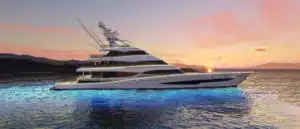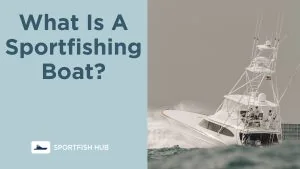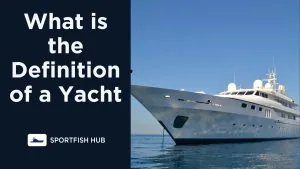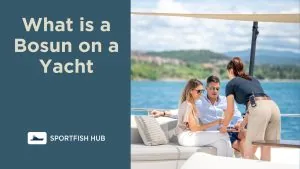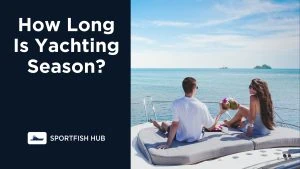The Suez Canal is a major shipping route connecting the Mediterranean Sea to the Red Sea, allowing ships to travel between Europe and Asia without sailing around Africa.
In recent years, an increasing number of recreational yachts and small boats have also started transiting the canal. But is it safe for yachts to pass through the Suez Canal?
- Traffic and Congestion
- Strict Regulations
- Piracy Concerns
- Navigational Challenges
- Considerations for Yachts
- FAQ
- What is the maximum beam (width) for yachts transiting the Suez Canal?
- How long does it take for a yacht to transit the entire Suez Canal?
- Does vessel draft (depth) impact the transit?
- Are there availability issues or wait times for yacht transits?
- What communication methods should yachts use in the canal?
- Conclusion
Traffic and Congestion
The Suez Canal is one of the busiest shipping lanes in the world, with over 50 ships transiting through on a typical day. Many of these vessels are massive container ships, oil tankers, and bulk carriers. Yachts can seem minuscule in comparison.
The narrow channels and limited passing areas in the canal mean congestion is common. Ships often have to wait several hours before transiting. For small boats, this can mean navigating close to large, industrial ships. The swirling prop wash and constrained maneuverability increase the risks of collision or grounding.
Strict Regulations
The Suez Canal Authority has strict rules governing transit. Yachts must meet requirements on crew training, number of vessels transiting together, and following escort boats. Fees depend on vessel size, with a minimum charge around $600 as of 2023.
Sudden weather events like sandstorms can cause the canal authority to suspend operations. Yachts may be forced to anchor for days in the canal itself until conditions improve.
Piracy Concerns
While piracy has declined globally, the threat still exists in some areas along the Suez route. Security forces patrol the canal, but yachts planning to transit should implement precautions like security watches, communication with authorities, and sailing in convoys.
Navigational Challenges
The Suez Canal requires constant course corrections to maneuver through. Sections have serious currents and countercurrents. The grounding of the Ever Given container ship in 2021 showed the risks the canal poses.
For yachtsmen unfamiliar with the route, it takes focus and skill to transit safely. Most ports require hiring an experienced local pilot. Even so, the narrow passageways leave little room for error.
| Section | Length (km) | Description |
|---|---|---|
| Port Said to Lake Timsah | 87 | Narrow channel with no anchorages |
| Lake Timsah | 15 | Anchorages available |
| Lake Timsah to Suez | 37 | Narrow and shallow in areas |
Considerations for Yachts
The Suez Canal offers a shortcut between Europe and Asia, but also comes with hazards. Yacht captains should assess their vessels, skills, and risk factors before deciding to transit. Some considerations include:
- Crew training on confined waterway navigation
- Contingency plans for delays or weather
- Following transit requirements closely
- Scheduling convoys with other yachts when possible
- Maintaining constant communication with canal authorities
- Extensive preparation and caution throughout the transit
FAQ
-
What is the maximum beam (width) for yachts transiting the Suez Canal?
The maximum beam for yachts is 22.5 meters. Wider yachts may be able to transit if granted special permission from the Suez Canal Authority.
-
How long does it take for a yacht to transit the entire Suez Canal?
The typical transit time is 12-15 hours for the 120 kilometer length. However, waiting times before entering the canal can vary greatly depending on traffic.
-
Does vessel draft (depth) impact the transit?
Yes, the minimum depth in parts of the canal is around 8.5 meters. Deep draft yachts may have difficulty transiting and should consult canal authorities.
-
Are there availability issues or wait times for yacht transits?
During peak seasons, yachts may need to schedule transit slots well in advance. There is greater availability during off-peak months.
-
What communication methods should yachts use in the canal?
VHF radio is required for communicating with canal authorities and other vessels during the transit. Cell and satellite phones are also useful backups.
Conclusion
With careful planning and execution, the Suez Canal can be navigated safely. But yachts should not underestimate the challenges posed by this major shipping passage. For some boats, the longer but less risky route around Africa may be preferable.

